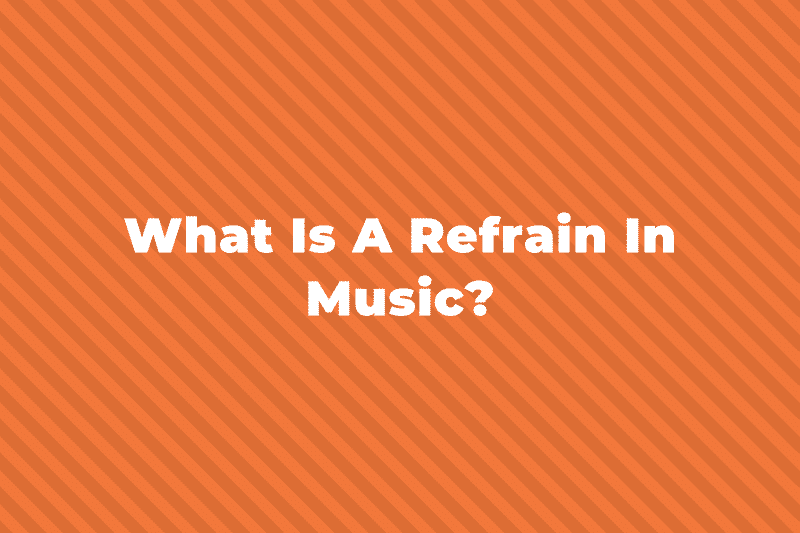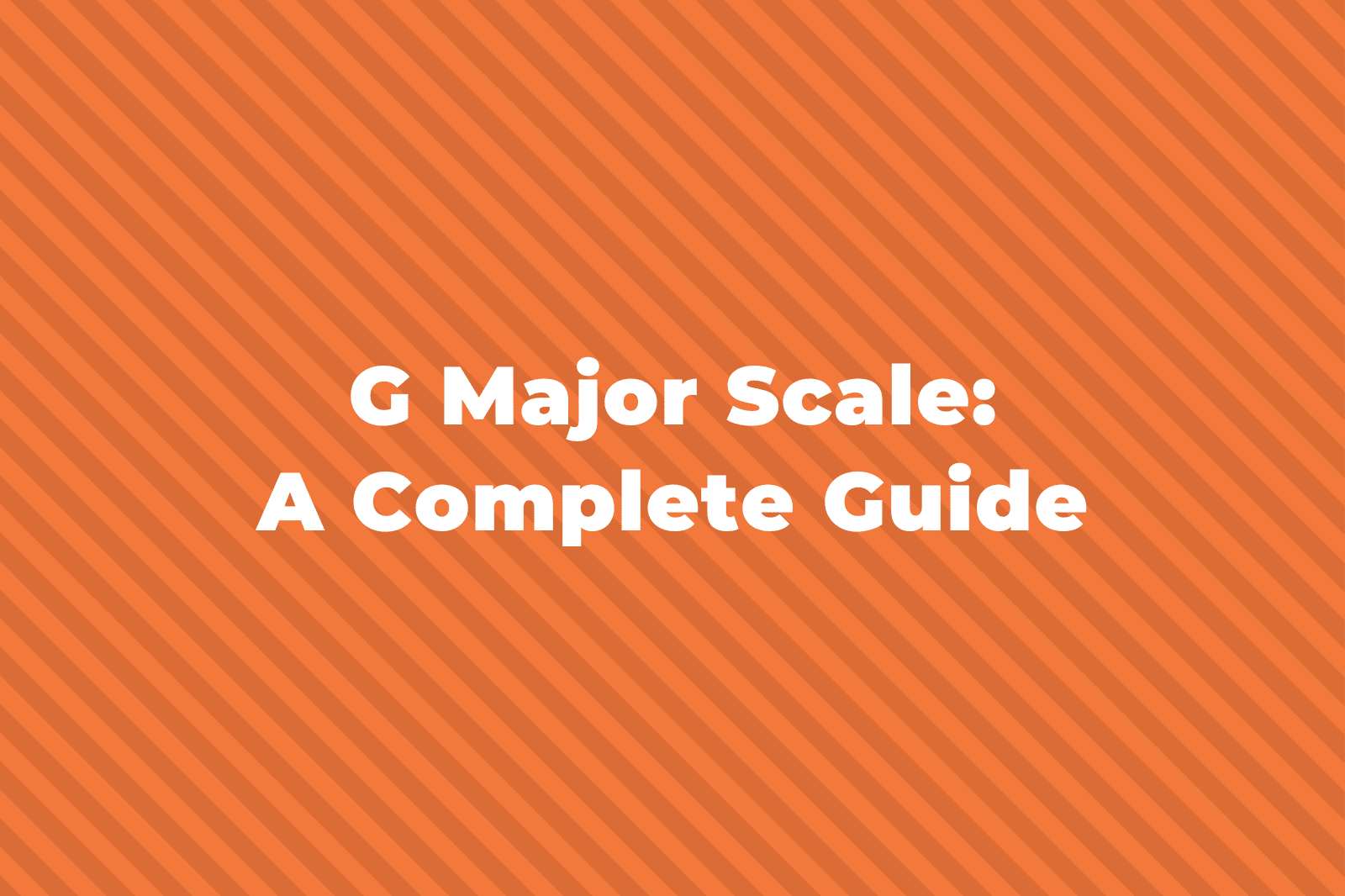In music, we need to indicate to the musician lots of different things on how to play something. For example, you might want them to play a piece at a certain speed so you’ll indicate what speed using tempo markings.
Or, you might want them to play it at a certain volume and so have dynamic markings. All these different things you need to tell the musician are called performance directions
In this post, I’m going to be covering all the different performance directions that you’ll need to know for the ABRSM grade 1 music theory exam.
What are the grade 1 performance directions?
There are quite a few different performance directions to learn, and to help you get your head around all the different musical directions that you need to know for the ABRSM grade 1 music theory exam, we’ve put together a big list.
At grade 1, they’re all in Italian. Some have to do with tempo, others dynamics, and although the number of words to learn can seem overwhelming, you’ll get it with a bit of practice.
The Grade 1 Italian Music Terms
- a tempo – in time
- accelerando / accel. – gradually getting quicker
- adagio – slowly
- allegretto – moderately fast
- allegro – fast, quickly, and bright
- andante – at a walking pace
- cantabile – in a singing style
- crescendo / cresc. – gradually getting louder
- da capo / D.C – repeat from the beginning
- decrescendo / decresc. – gradually getting quieter
- diminuendo / dim. – gradually getting quieter
- dolce – sweet, soft
- fine, al fine – the end, to the end
- forte – loud
- fortissimo – very loud
- legato – smoothly
- mezzo – half
- mezzo forte – moderately loud
- mezzo piano – moderately quiet
- moderato – at a moderate speed
- piano – quiet
- pianissimo – very quiet
- rallentando / rall. – gradually getting slower
- ritardando / rit. – gradually getting slower
- staccato / stacc. – detached
- tempo – speed / time
- 8va – octave



